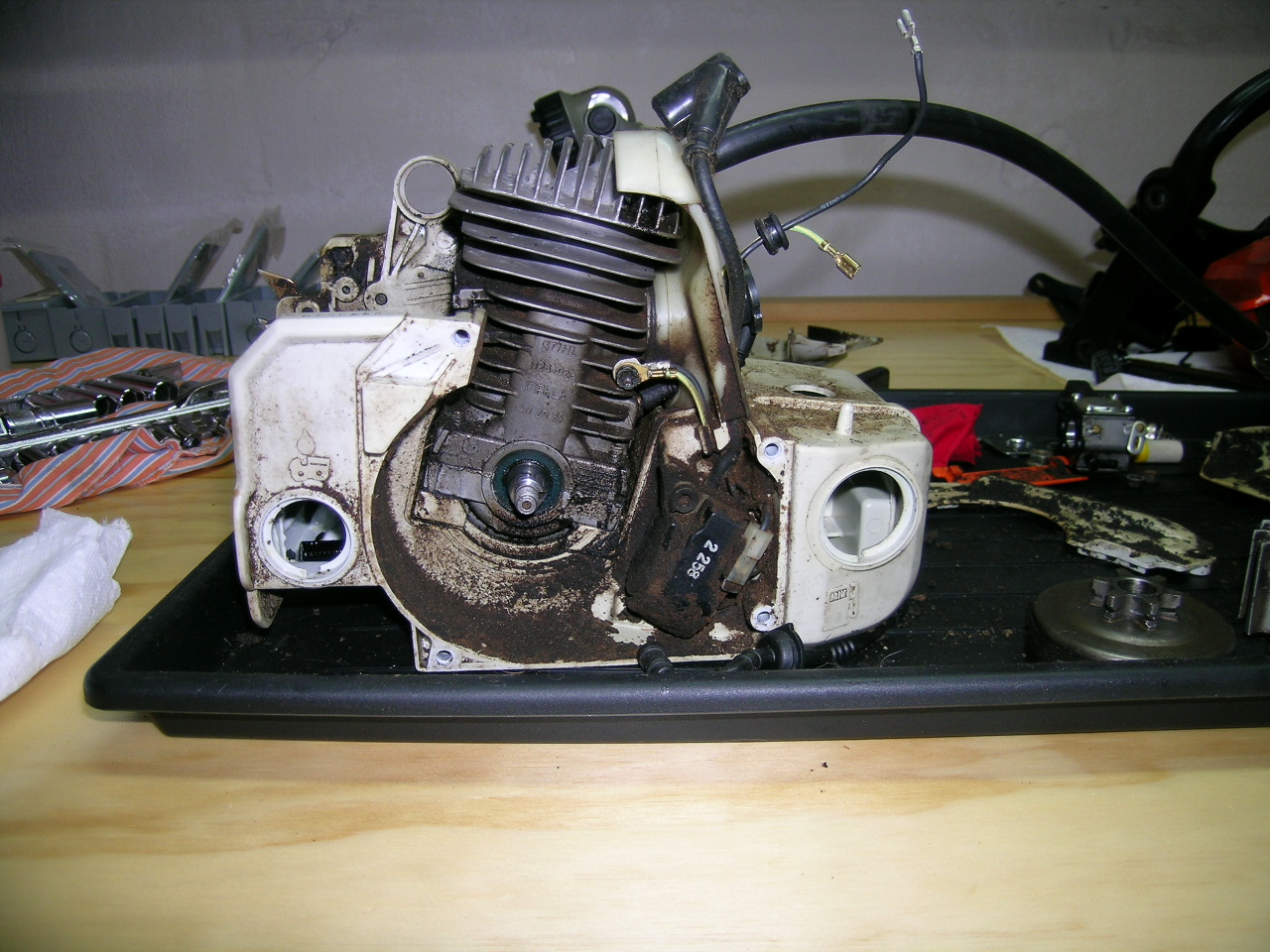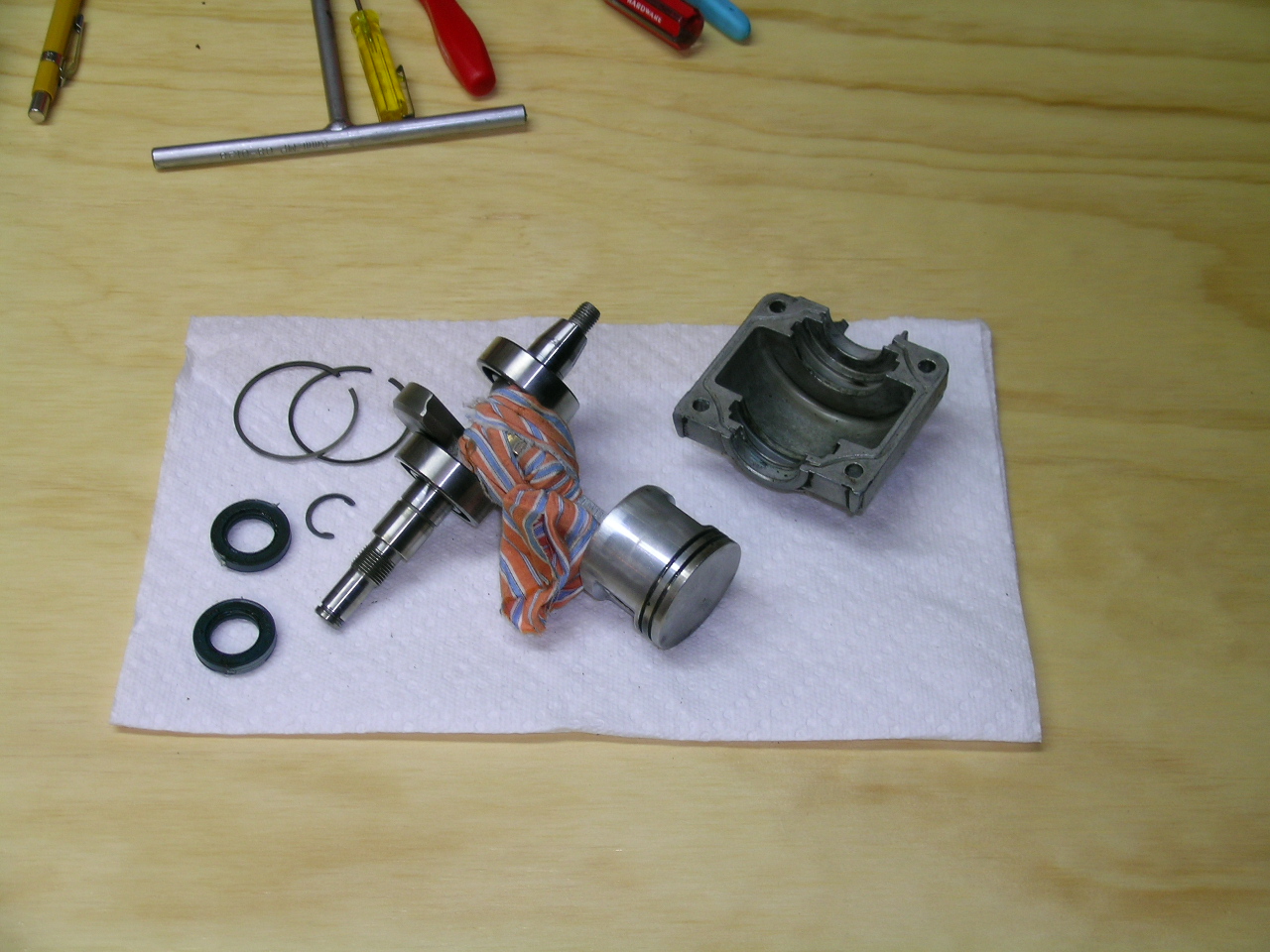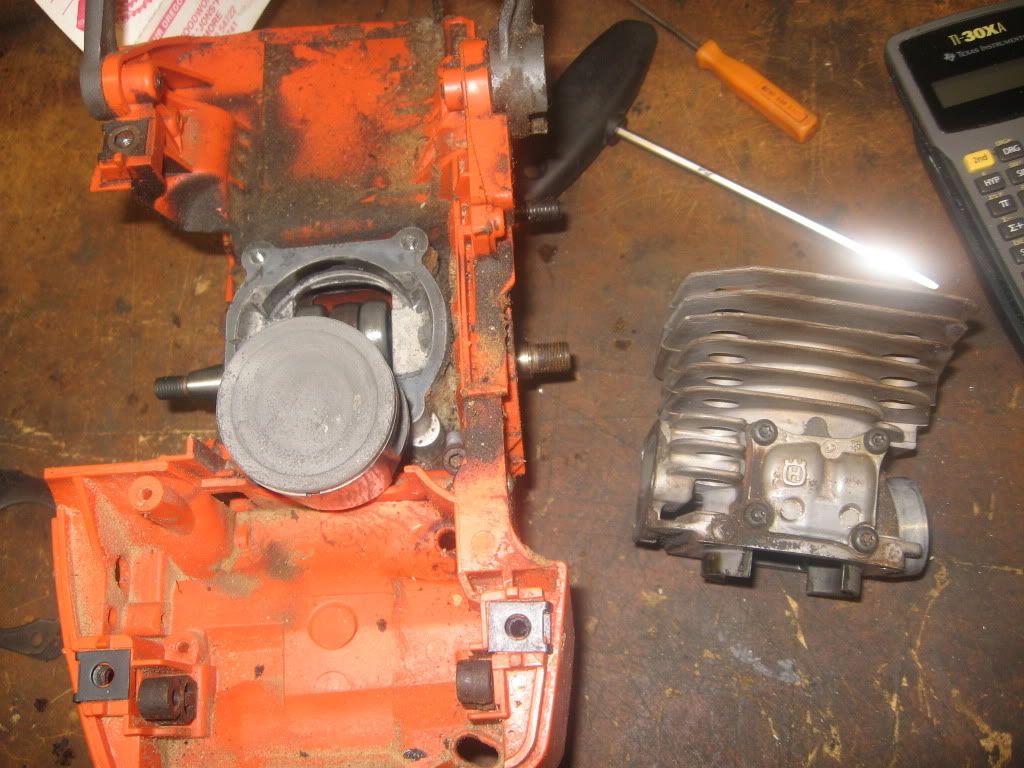BBush
ArboristSite Lurker
I have been looking at this forum for the last two months or so. I keep seeing references to the fact that the "homeowner" series of saws by Stihl and Husqvarna have a "clam shell motor" design. I would like to find out exactly what a clam shell motor is and exactly how it is different than the type used in the professional series of saws. I also keep seeing references to the fact that the clam shell motors are a lot harder to work on than the ones used in the professional line of saws. Please explain the reasoning behind this.












